Who is Galileo Galilei?
Galileo Galilei thoroughly studied speed and velocity, gravity and free fall, the theory of relativity, inertia, and projectile motion, as well as applied science and technology, describing the qualities of pendulums and “hydrostatic balances.” He invented the thermoscope and several military compasses, as well as the telescope, which he employed for scientific investigations of celestial objects. Telescopic confirmation of Venus’s phases, observation of Jupiter’s four greatest satellites, the study of Saturn’s rings, and analysis of lunar craters and sunspots are among his contributions to observational astronomy.
His Discoveries
Craters of the Moon
Galileo began his career in astronomy by looking at the moon with the use of his telescope. He subsequently noticed patterns of uneven and diminishing light. While he was not the first astronomer to do so, Galileo’s artistic expertise and knowledge of chiaroscuro (the use of sharp contrasts between light and dark) enabled him to accurately determine that these light patterns were caused by changes in elevation. As a result, Galileo was the first to discover lunar mountains and craters.
He also drew topographical charts in The Starry Messenger, calculating the heights of various mountains. In doing so, he called into question centuries of Aristotelian doctrine that the Moon, like the other planets, was a flawless, translucent sphere. By detecting flaws in the form of surface features, he began to advance the idea that the planets were comparable to Earth.
Milky Way
Galileo also mentioned his observations of the Milky Way in The Starry Messenger, which was previously thought to be hazy. Instead, Galileo discovered a swarm of stars so densely packed together that they appeared to be clouds from afar. He also noted that, while the telescope resolved the planets into discs, the stars looked like simple blazes of light, completely unchanged by the telescope, implying that they were considerably farther away than previously imagined.
Jovian Moons
In January 1610, Galileo Galilei found out about Jupiter’s four biggest moons, which are now known as the Galilean moons. These moons are Io, Europa, Ganymede, and Callisto. Galileo’s discoveries of Jupiter’s satellites sparked an astronomical revolution since they contradicted Aristotelian cosmology, which held that all celestial bodies should orbit the Earth. Galileo Galilei was also one of the first Europeans who observed sunspots, and he was the first to discover that the moon, unlike previously supposed, had craters, mountains, and valleys and was not a transparent and flawless sphere.


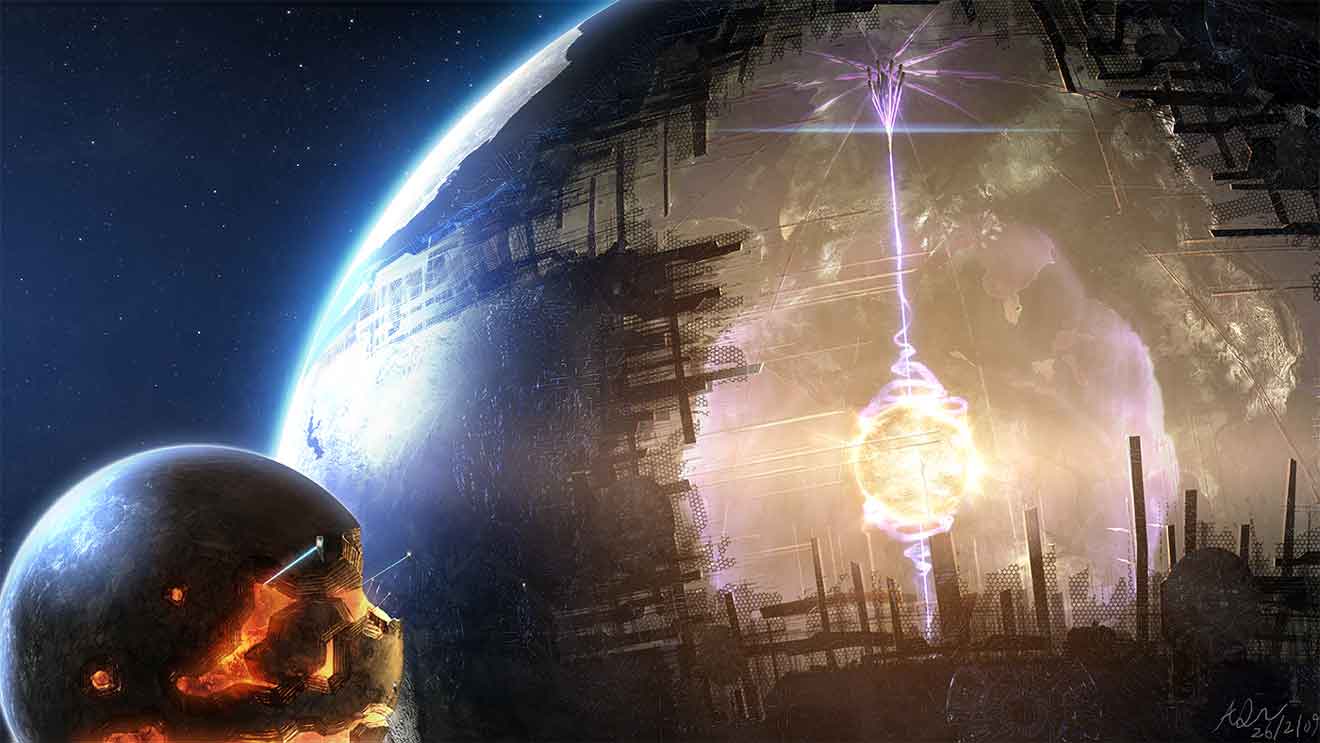
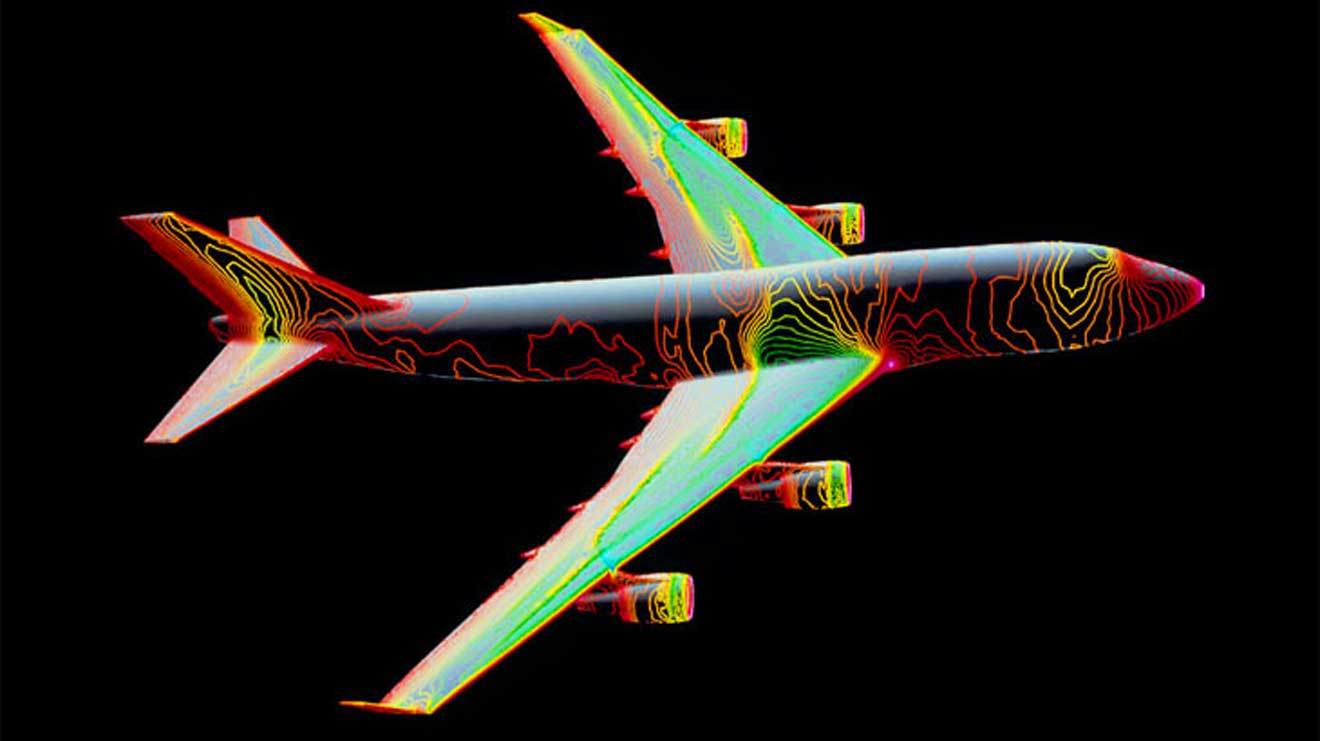

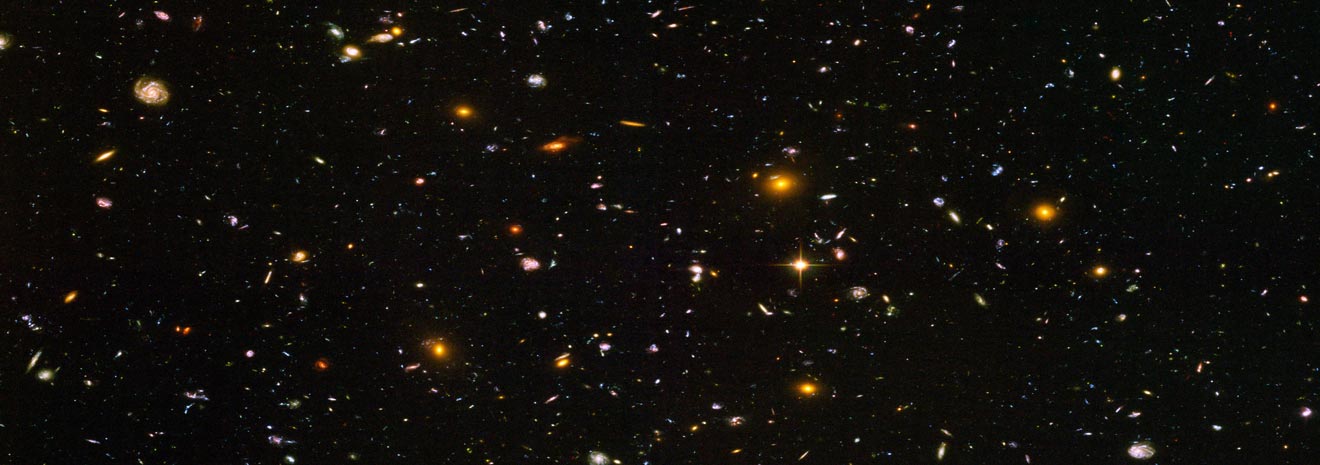
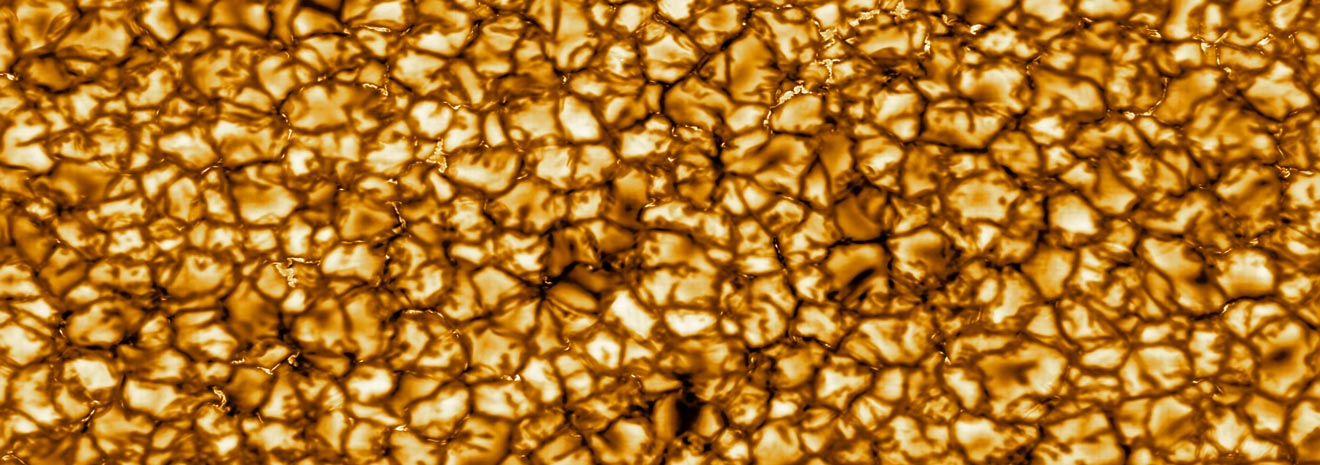
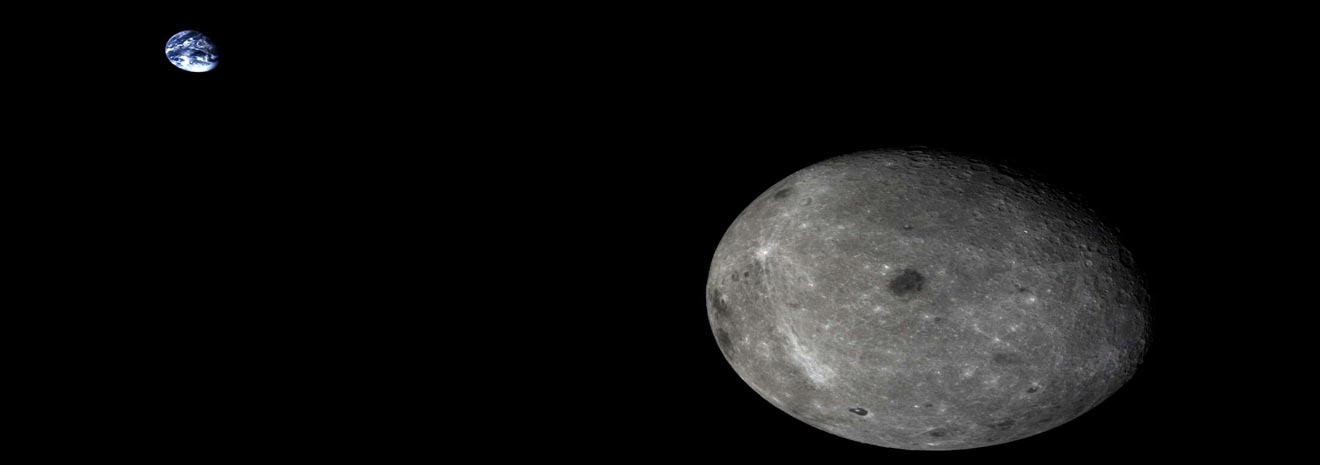
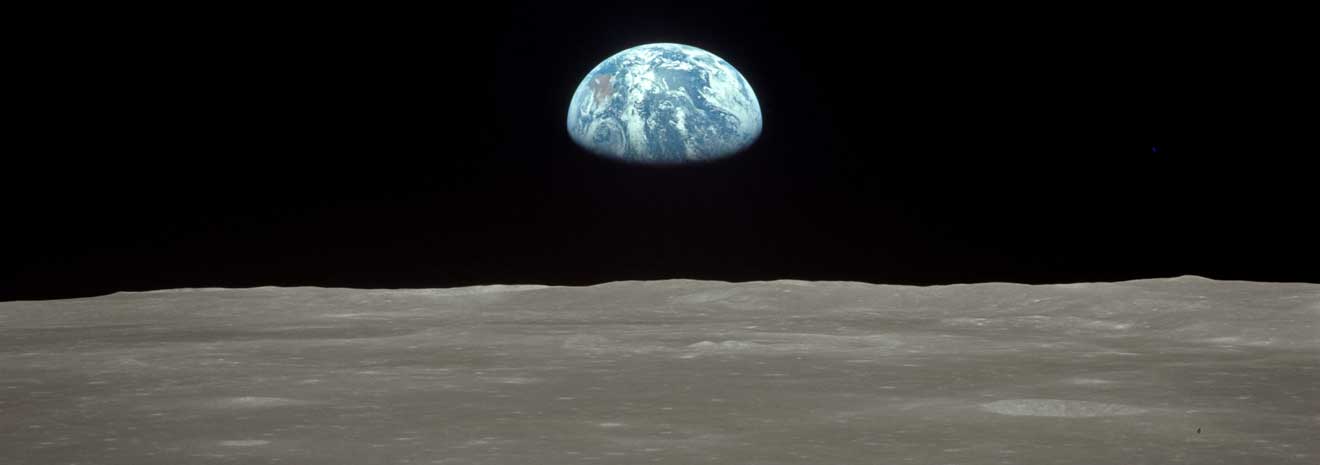
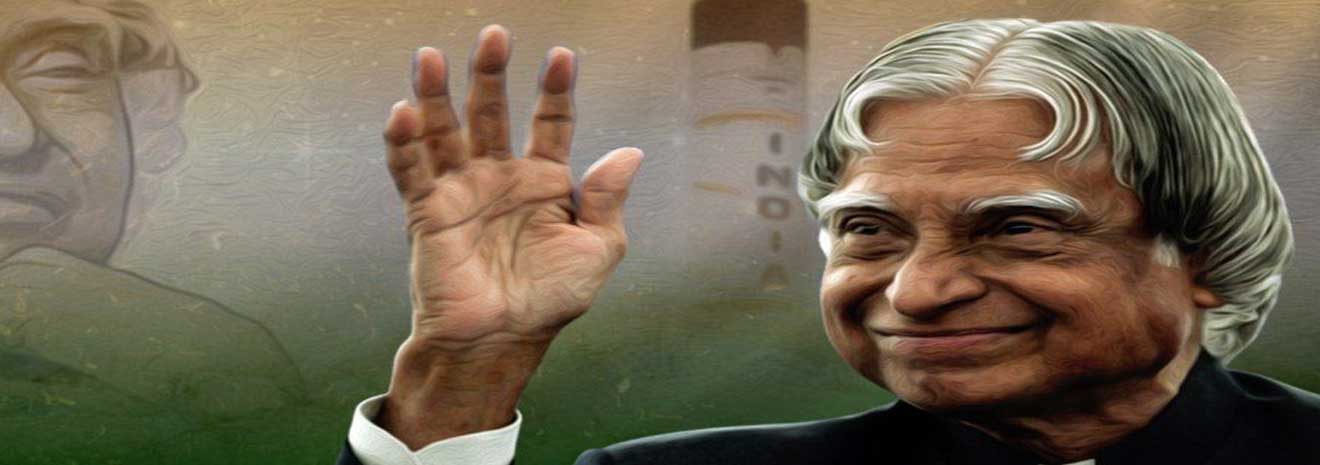
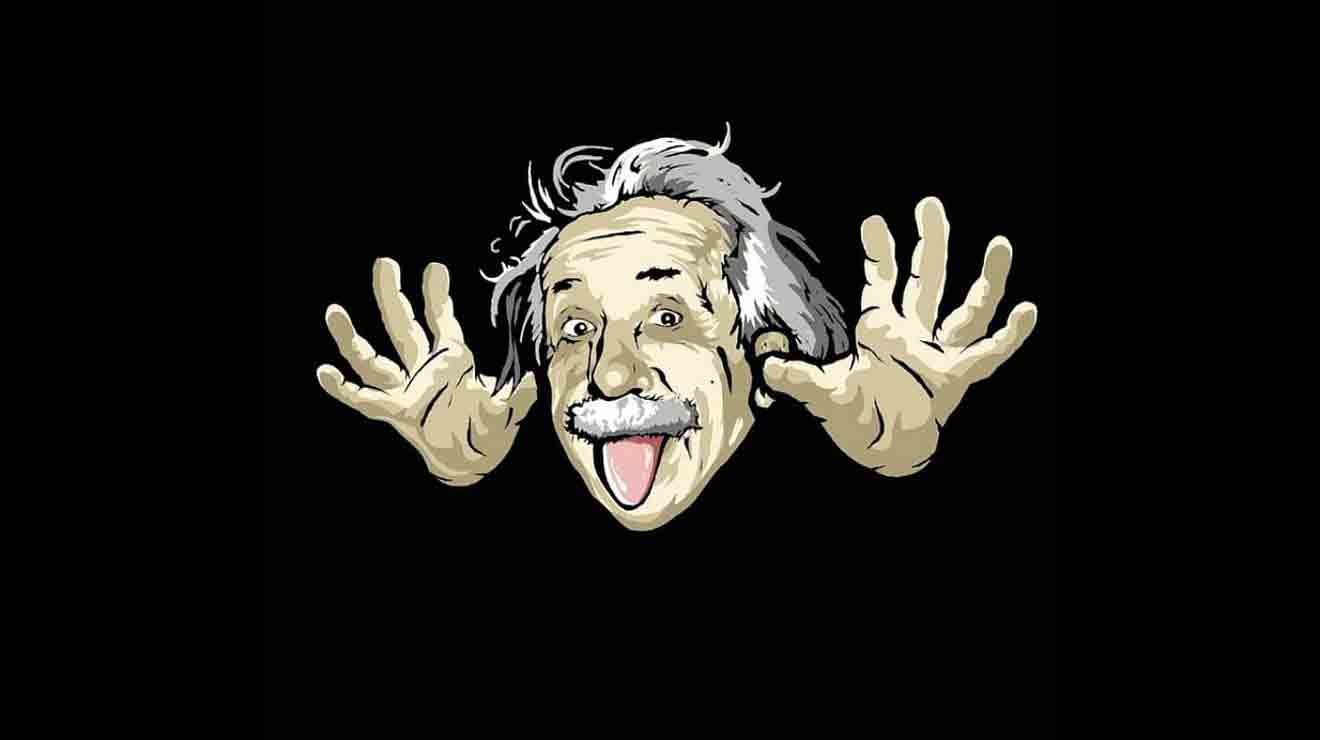

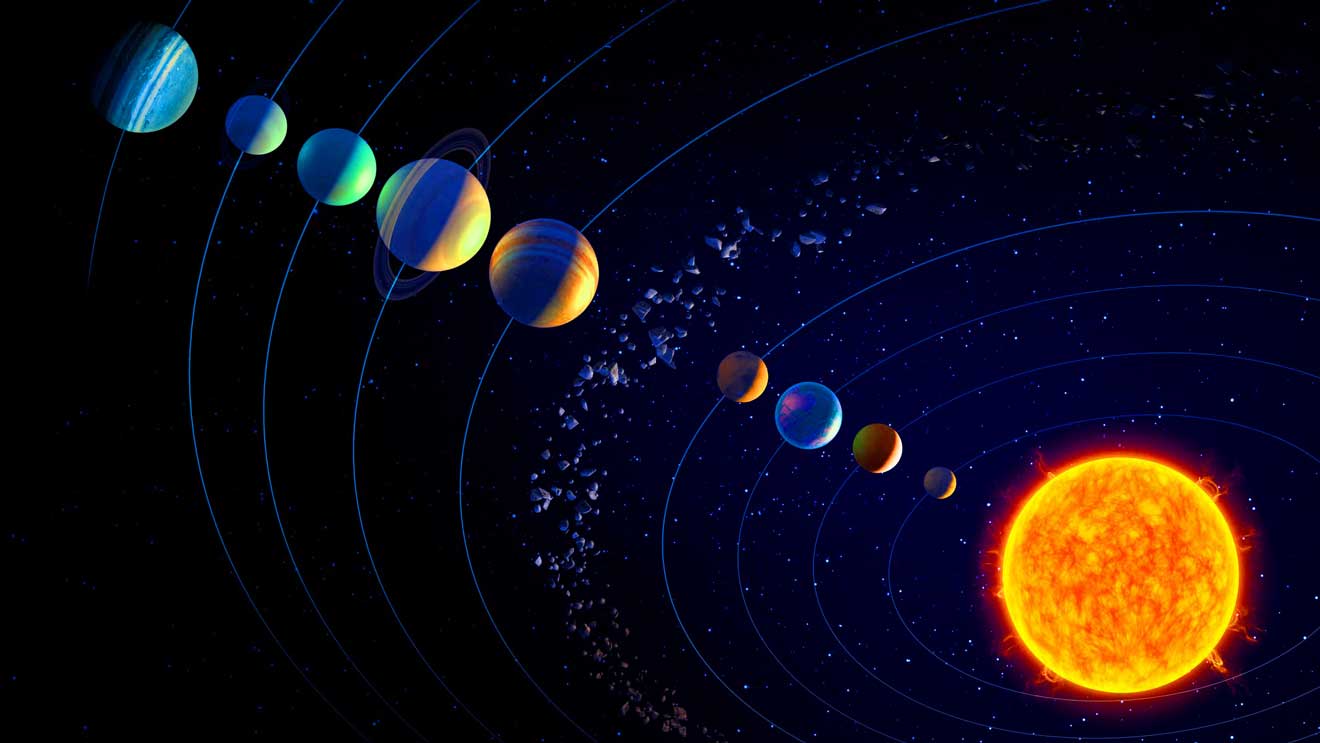
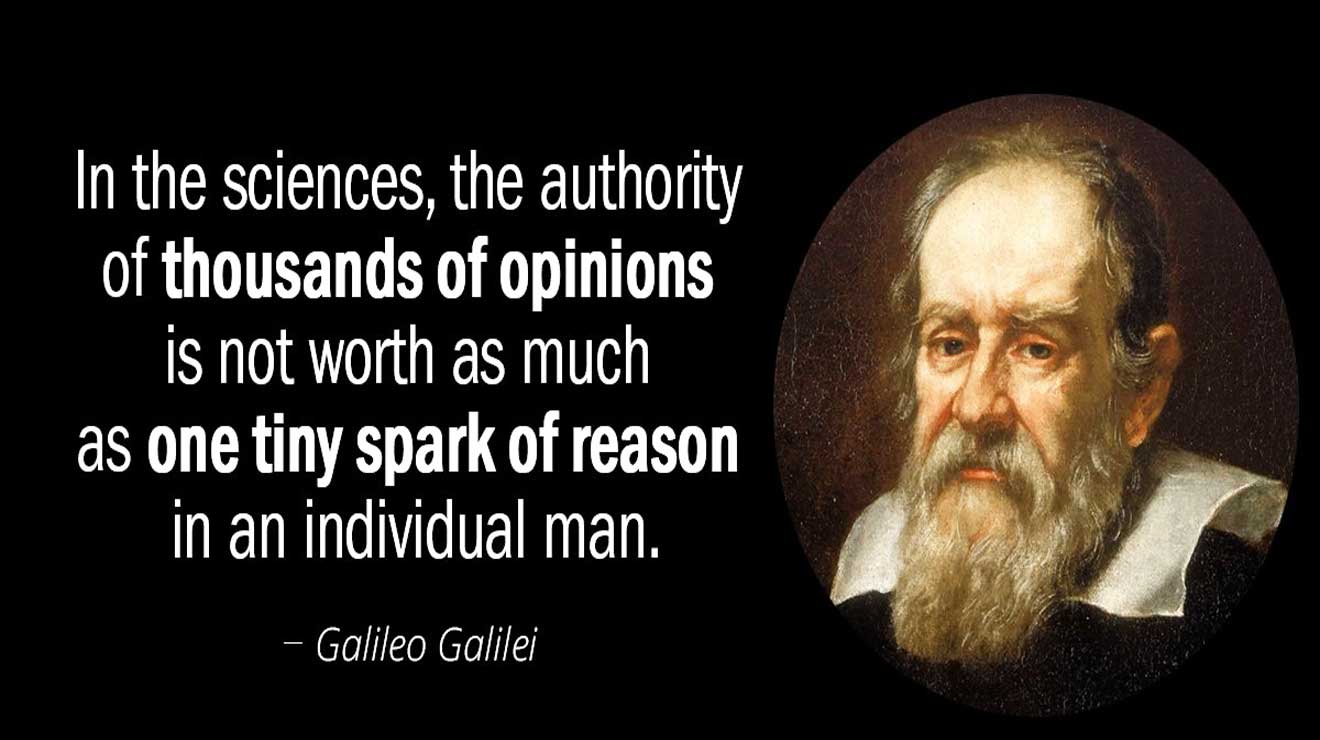
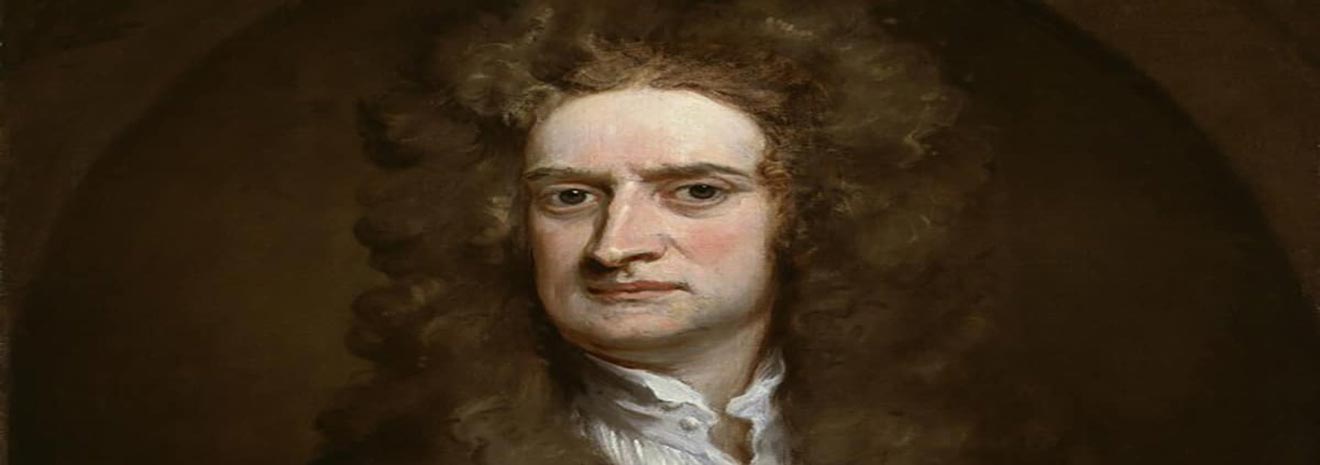





Add Comment